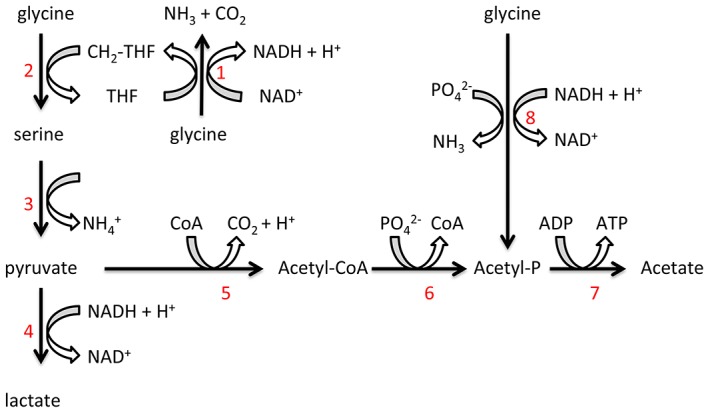Figure 8. Proposed T. denticola glycine catabolic pathways.

Glycine can be oxidized by the glycine cleavage system (1), producing NH3, CO2 and CH2-THF. Glycine and CH2-THF can be condensed to form serine by serine hydroxymethyltransferase (2). Serine is deaminated to produce pyruvate by serine dehydratase (3). Lactate dehydrogenase (4) catalyzes the interconversion of pyruvate and lactate with concomitant interconversion of NADH and NAD+. Pyruvate can also be metabolized to acetate by pyruvate-ferredoxin oxidoreductase (5), phosphate acetyltransferase (6) and acetate kinase (7). Glycine can also be reduced to acetyl-P by the glycine reductase system (8).
